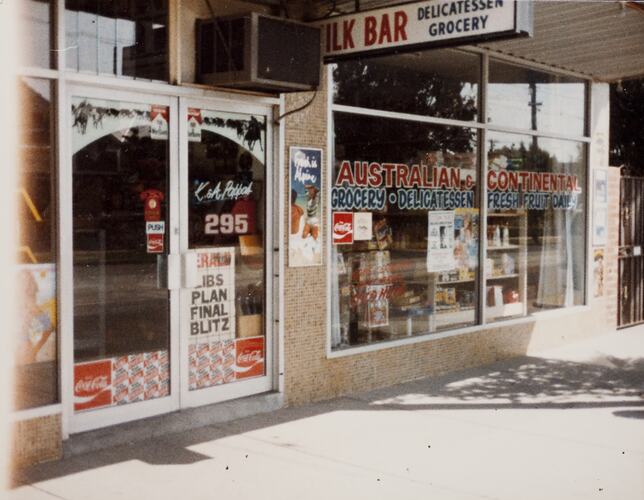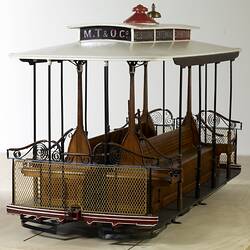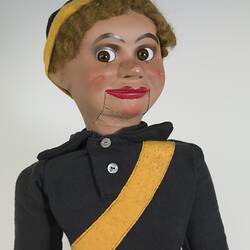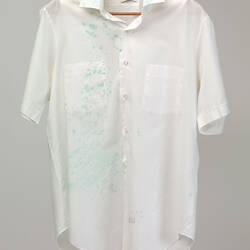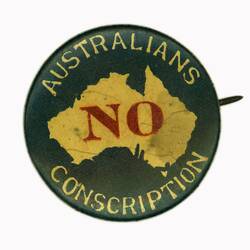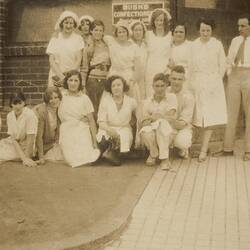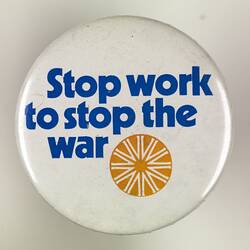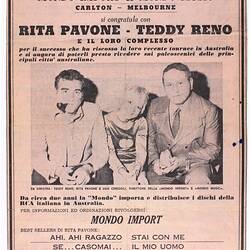Summary
Events that occurred in Melbourne 1945-1980 as outlined in Museums Victoria's Melbourne Story exhibition.
The post-war years brought enormous changes to Melbourne. The arrival of a million immigrants over a twenty year period, beginning with 'displaced persons' from war-ravaged Europe, ensured both a cultural and a physical transformation in the life of the city. Thousands of new homes were needed. Inner suburban areas were bulldozed and replaced with high-rise public housing for poorer families, Inner city industry was pushed to the city's outskirts, where new suburbs and housing estates mushroomed. The booming post-war economy put the dream of home ownership within reach for many, although years often went by before roads were paved and other services connected.
In 1948 the first Holden car was made in Melbourne. Before long, cars became more affordable, and more plentiful. New roads and freeways were needed. New suburbs and a rapidly expanding population spelled other changes too. The small business which had served inner city neighbourhoods were increasingly replaced by sprawling shopping malls. The first, at Chadstone, opened in 1960. The massive process of demolition, construction and expansion was not always welcomed and often met with public protest.
It was an era of "firsts" and "lasts". In 1954 Queen Elizabeth became the first reigning monarch to visit Australia and in 1970 the international airport opened at Tullamarine. In 1967, the last man to be executed in Australia, Ronald Ryan, was hanged at Pentridge, and ten years later the last ocean liner carrying assisted migrants docked in Melbourne. Television had arrived just in time to screen the 1956 Melbourne Olympic Games, the first held in Australia. Television wrought deep changes in the life of the country. While early sets were expensive and programming simple and unsophisticated, it wasn't long before television ownership was widespread.
On the one hand it urged us toward consumerism, helping to build demand for the latest products; on the other it "brought the world to the living room" and proved to be critical in turning the tide of public opinion on a range of issues such as the war in Vietnam. TV also ushered in new times for Australian music and youth culture, with bands like the Skyhooks and music programs such as Bandstand drawing huge audiences.
More Information
-
Keywords
World War II, 1939-1945, housing estates, immigration, Industrial Development, Urban Development, theatres & cinemas, cars, Shopping Centres, television transmission, prison cells, Vietnam War, 1959-1975, Popular Music
-
Localities
-
Authors
Ms Deborah Tout-Smith, Dr Charlotte H. Smith, Dr Moya McFadzean, Mr Michael Reason, Matthew Churchward, Ms Fiona Kinsey
-
Article types
